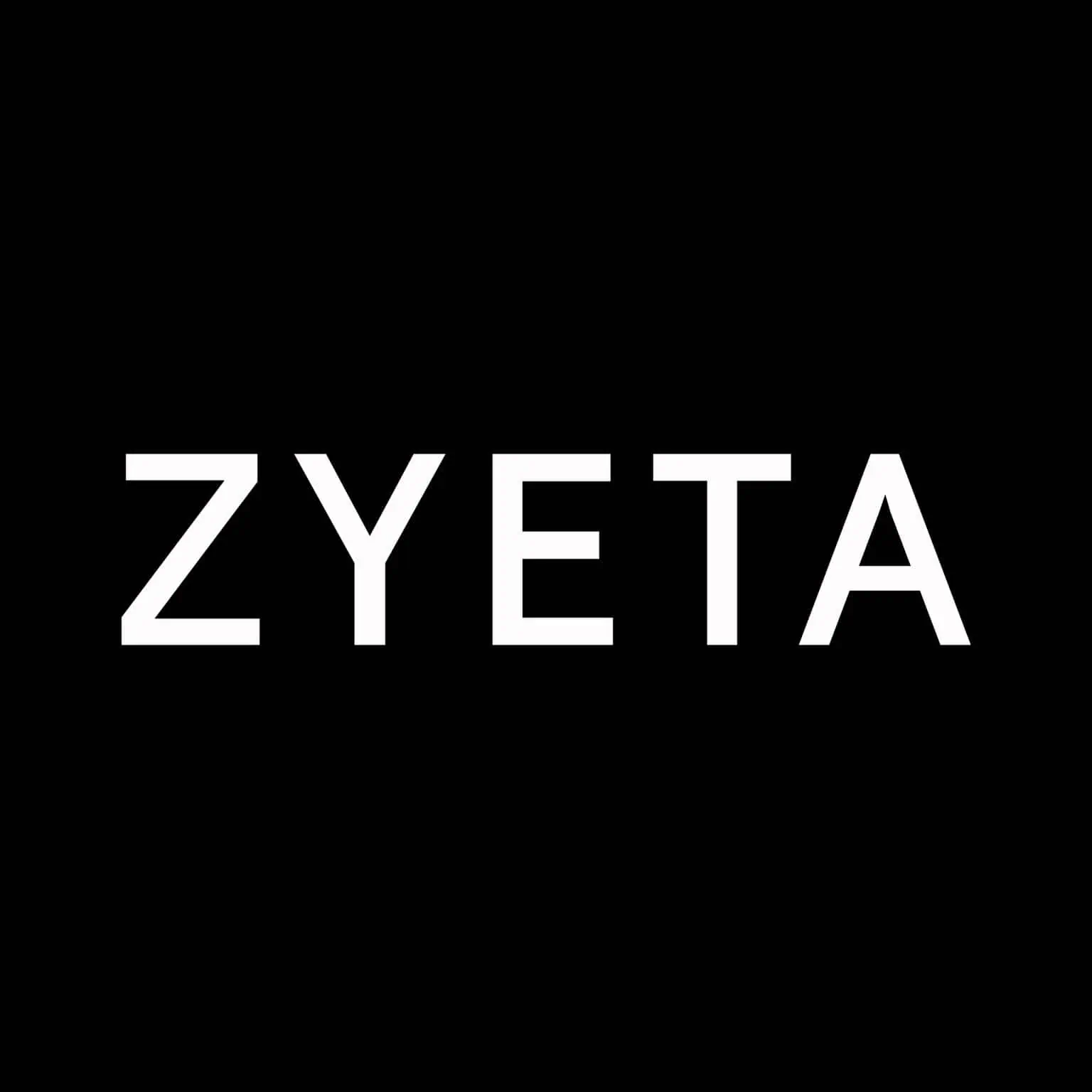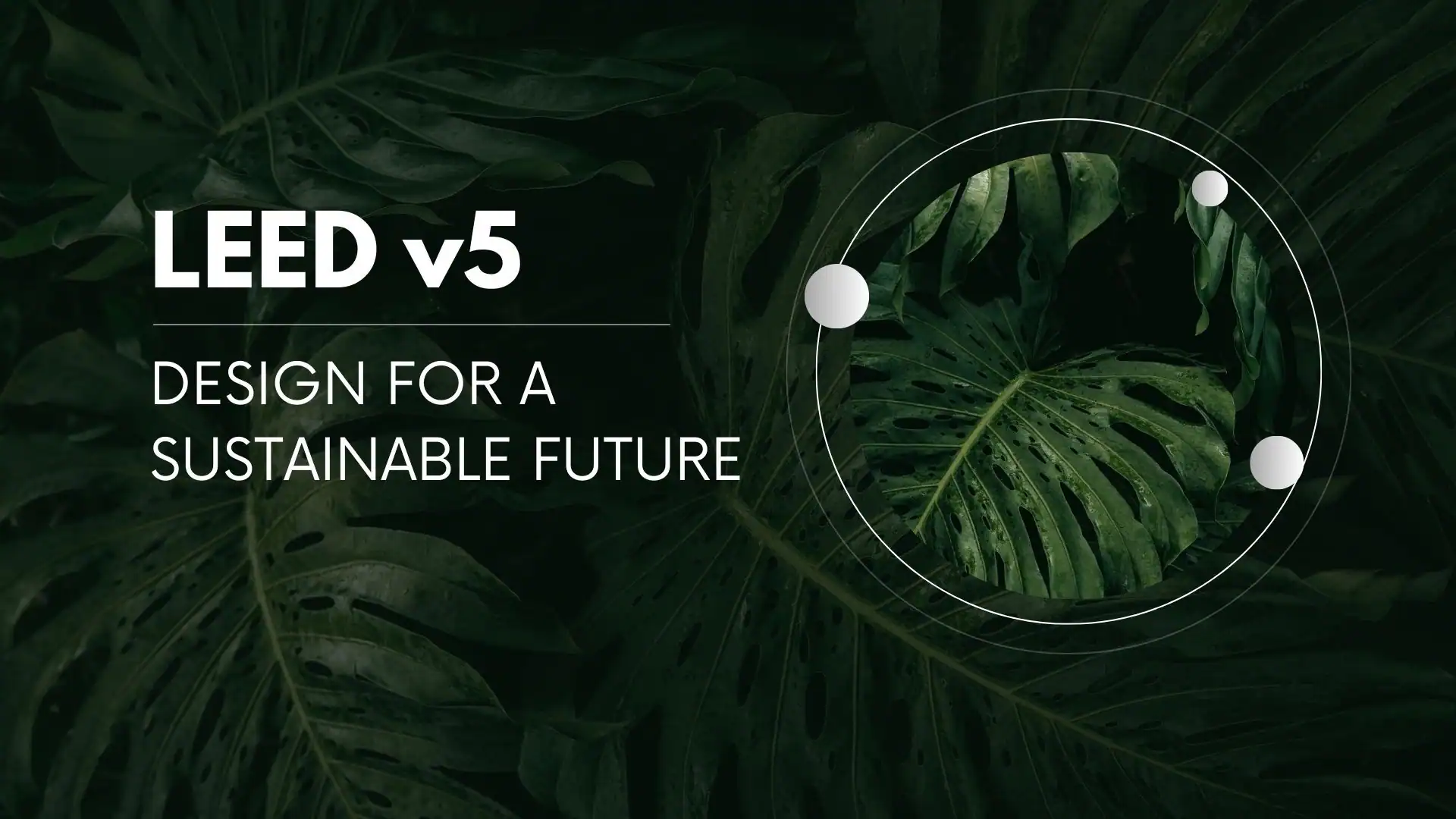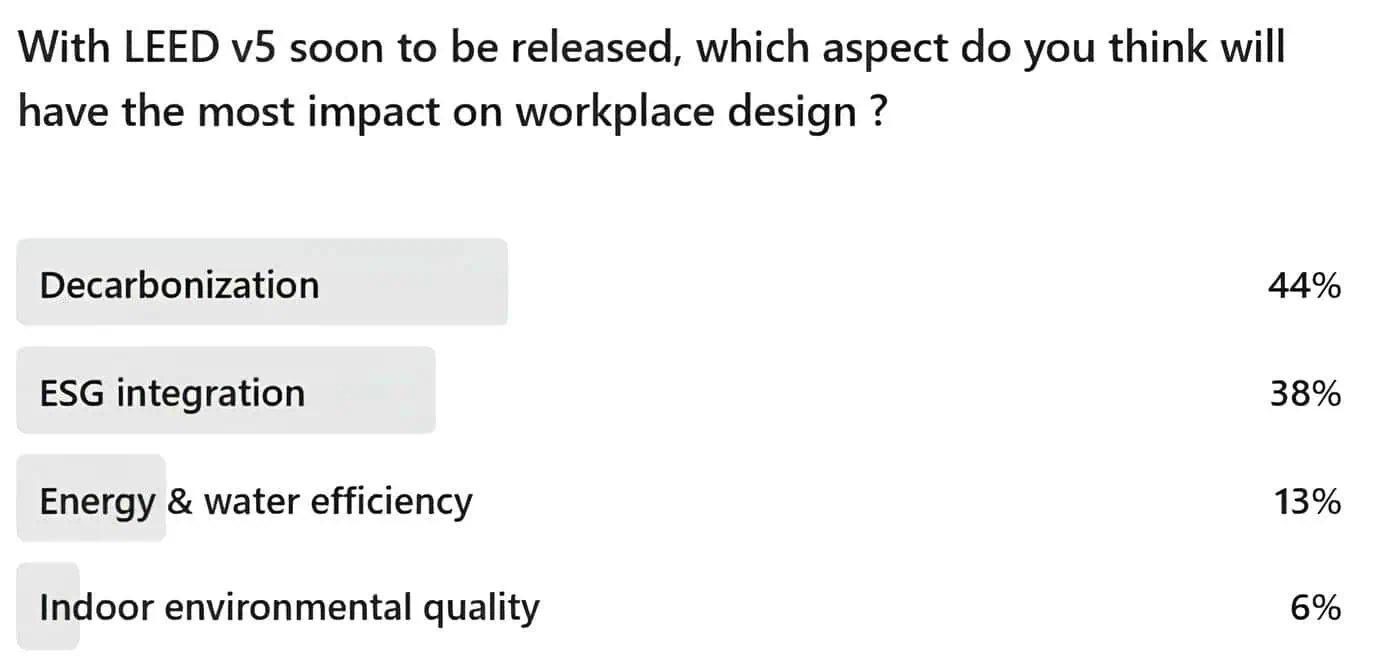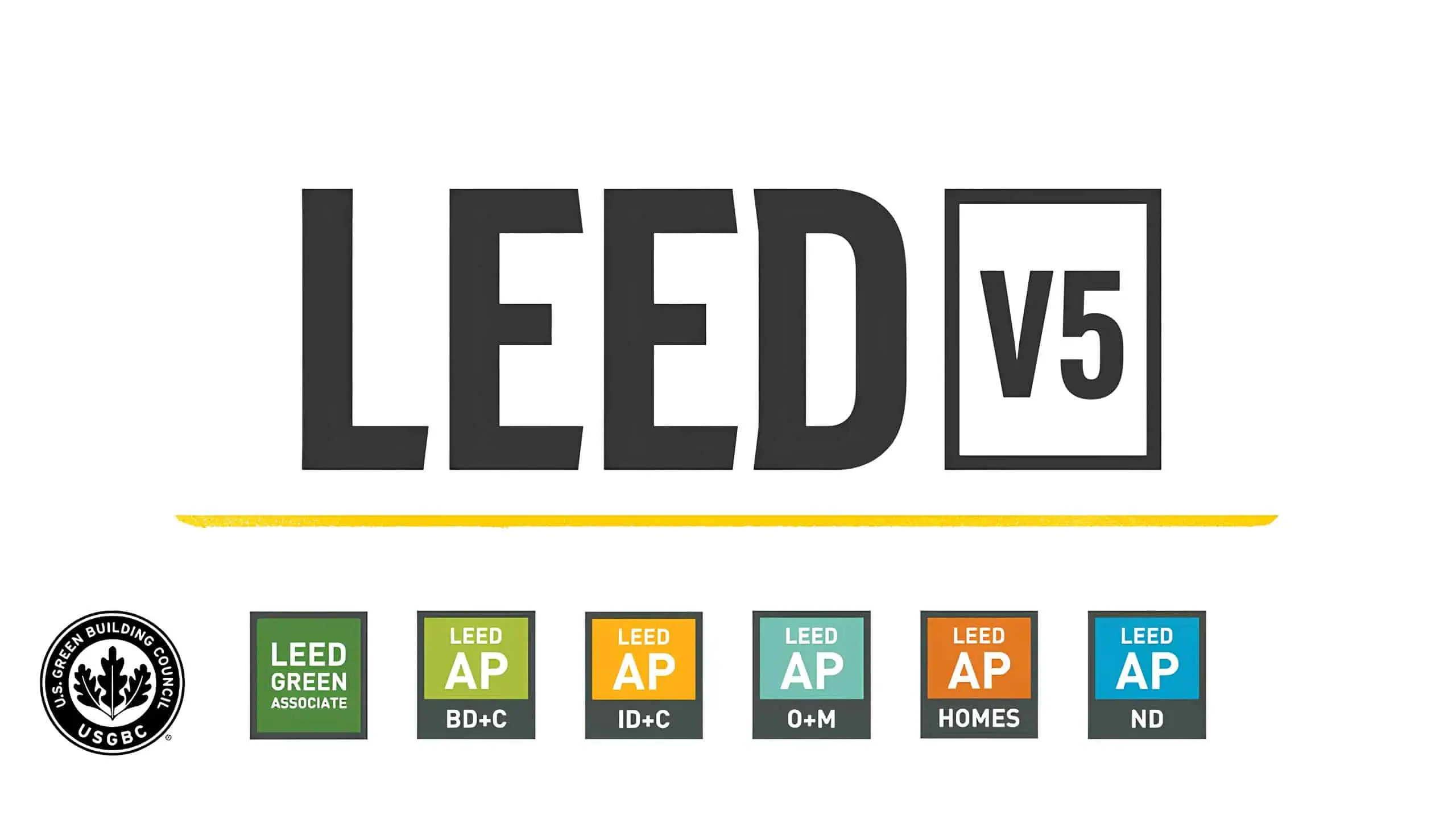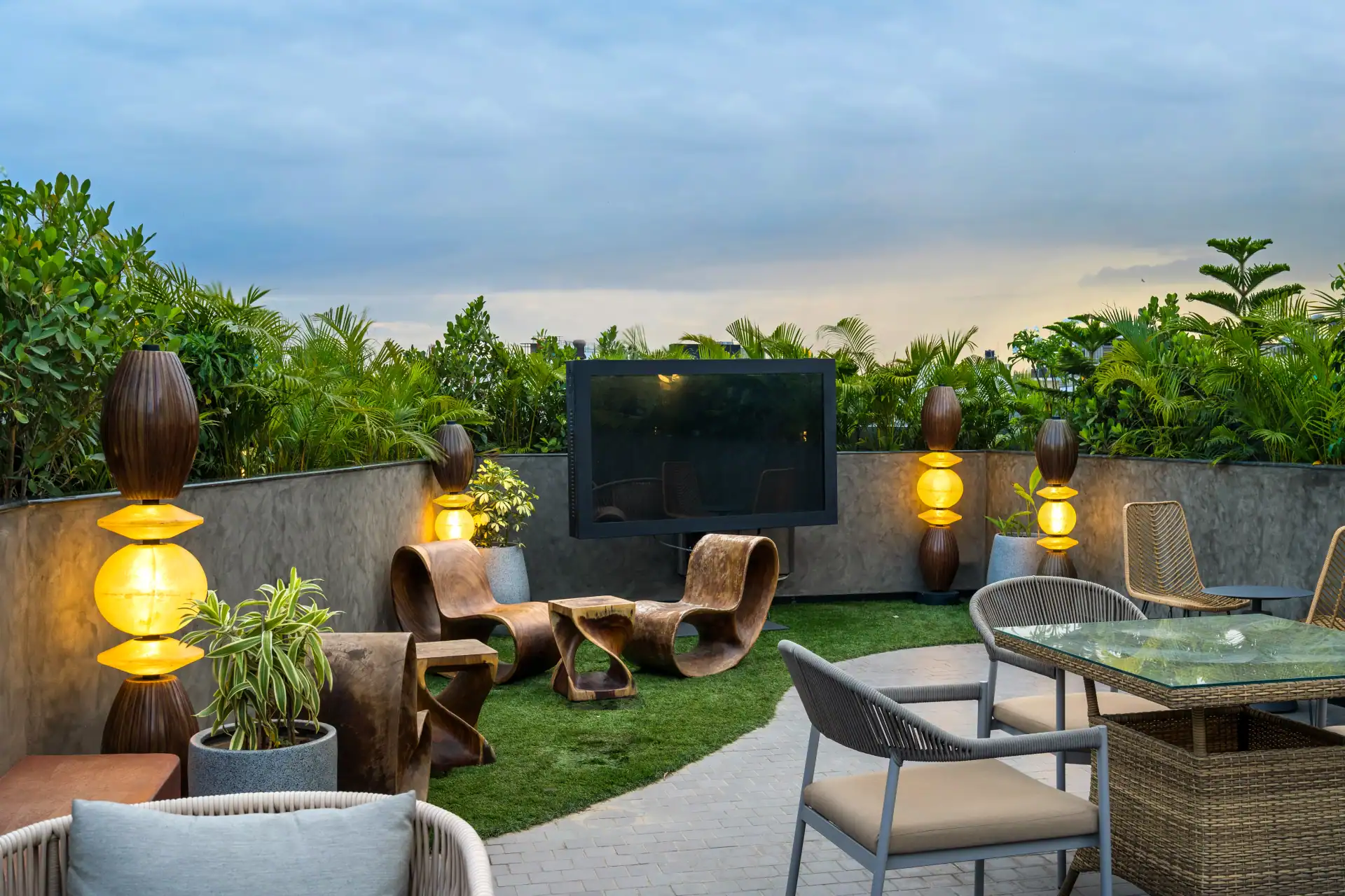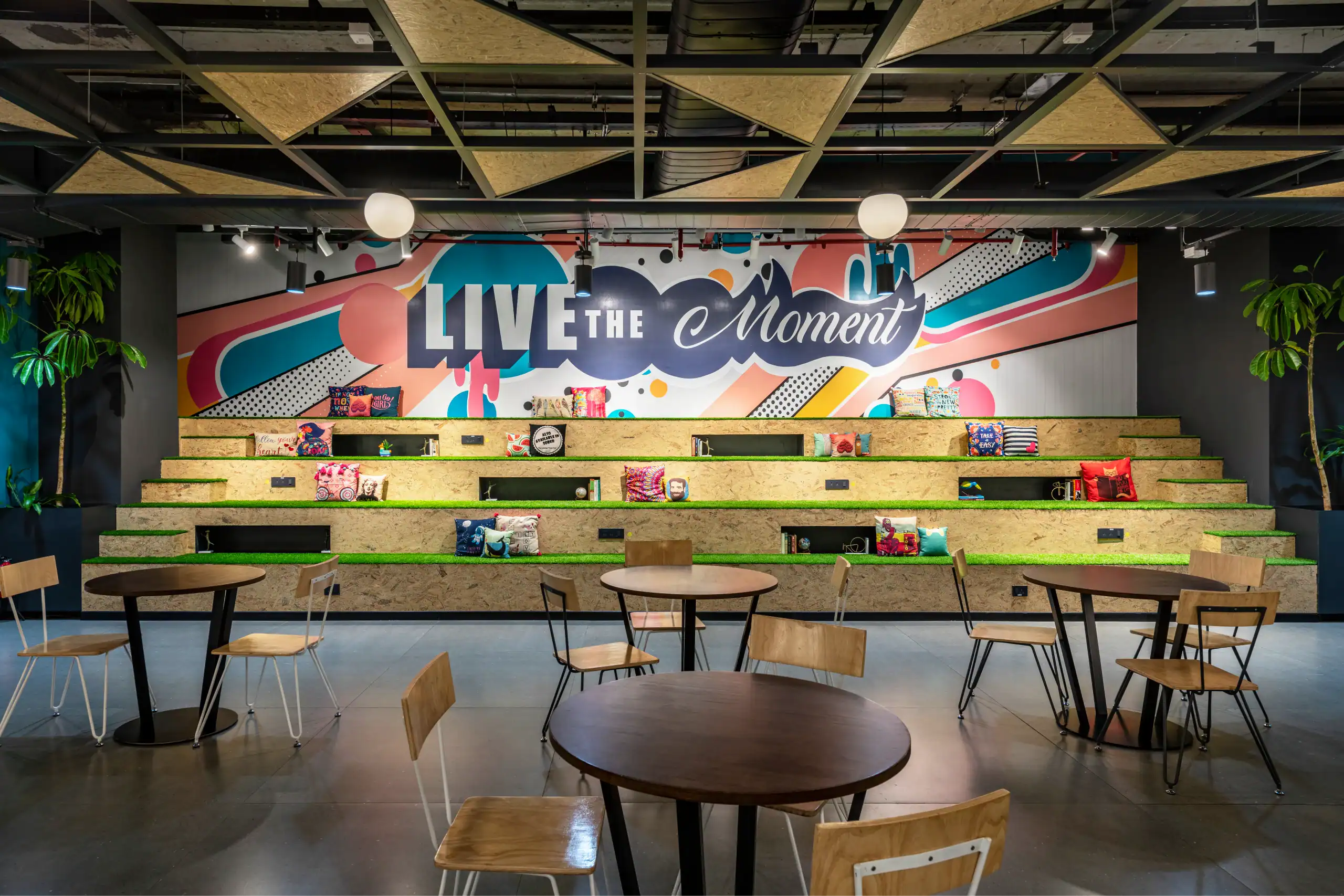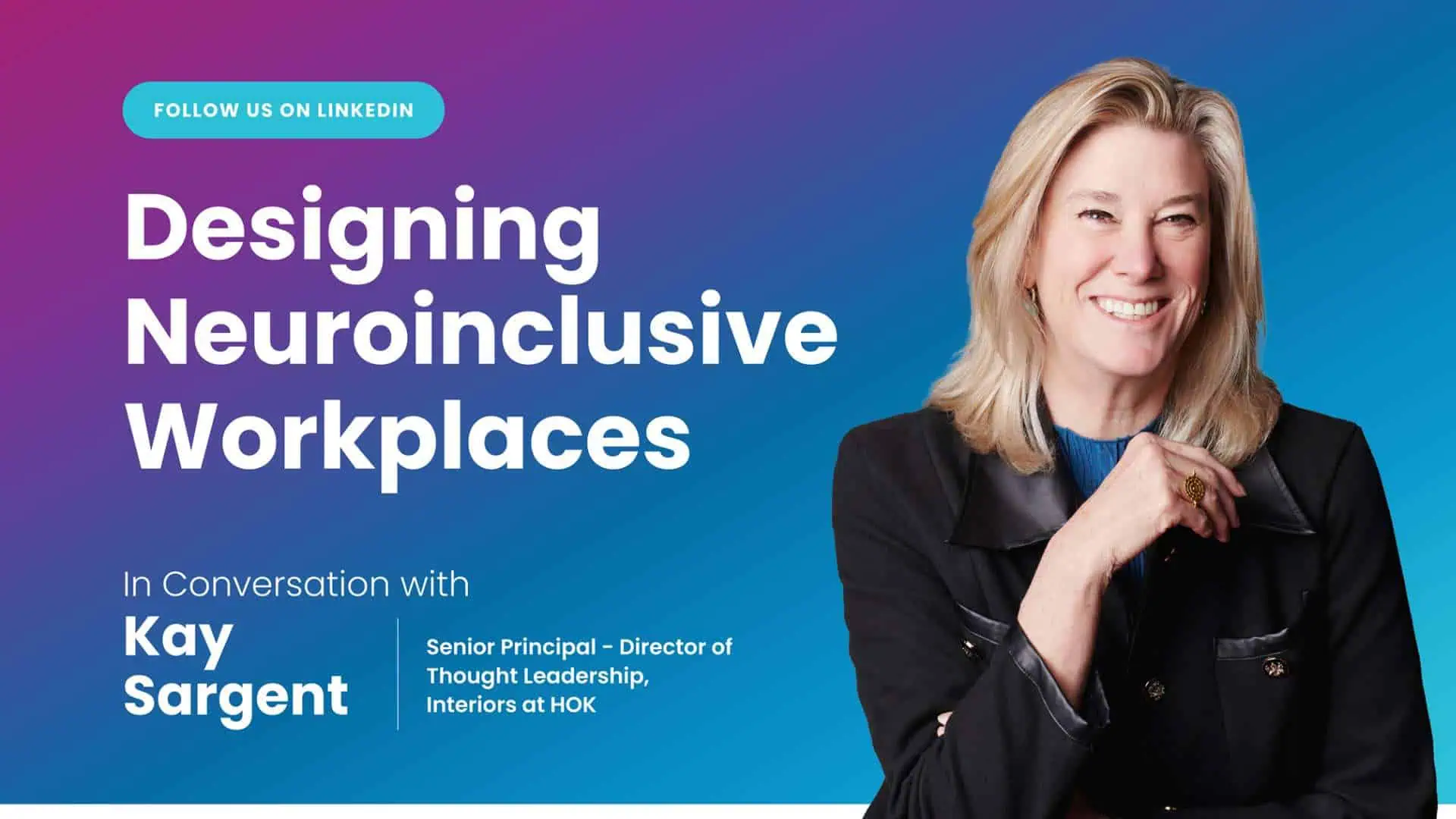LEED v5, the latest iteration of the globally recognized Leadership in Energy and Environmental Design (LEED) framework, is poised to launch soon. This marks the first major update in over a decade, and as the built environment rapidly transforms, LEED v5 is set to redefine sustainability in commercial real estate. The updated standard incorporates deeper commitments to decarbonization, ESG integration, energy efficiency, and occupant well-being, ensuring built spaces align with evolving sustainability goals and regulatory frameworks. But what does LEED v5 mean for your business? Let’s explore how LEED benefits businesses in general, and then delve into the specifics of v5, highlighting how Zyeta can help you leverage these changes.
The Business Impact of LEED: A Foundation for Success
LEED certification signifies a tangible commitment to environmental responsibility, extending its influence far beyond simply “green” buildings. For global businesses, it’s a strategic move that strengthens regulatory compliance, boosts operational efficiency, and enhances brand reputation. LEED drives measurable change in key areas:
- Decarbonization: Cutting emissions through net-zero design strategies. LEED-certified buildings achieve decarbonization through high-efficiency HVAC systems, onsite renewable energy generation, and electrification of building operations. The USGBC reports that LEED-certified buildings have 34% lower CO2 emissions than non-certified buildings—a compelling statistic.
- ESG Alignment: Strengthening corporate sustainability commitments and investor confidence. LEED helps businesses align with ESG frameworks like GRESB, CDP, and TCFD by embedding sustainability into operations. Certified buildings meet stringent environmental standards, fostering long-term investor trust.
- Sustainable Practices: Optimizing energy, water, and material usage. LEED certification ensures businesses adopt water-saving fixtures, energy-efficient appliances, and sustainable building materials.
- Brand Credibility: Positioning organizations as sustainability leaders. LEED-certified workplaces enhance corporate reputation and attract eco-conscious tenants, clients, and employees.
Key Insights
A recent Zyeta LinkedIn poll revealed professional perspectives on LEED v5’s most impactful aspect for workplace design, emphasizing decarbonization and ESG’s growing importance.
These results underscore the growing importance of decarbonization and ESG in workplace design. LEED v5 is expected to further emphasize these areas, offering updated metrics and strategies for achieving higher levels of performance.
05 Impactful Aspects of LEED v5: A Deeper Dive
LEED v5’s scoring structure reflects its focus: 50% of the points are dedicated to climate action, with quality of life and ecological initiatives each accounting for 25%. This comprehensive approach positions LEED v5 to significantly influence the industry. Here are the impactful aspects that will shape your work, workplace, and business:
1. Intensified Decarbonization Focus
LEED v5 maintains its strong focus on carbon emission reduction, with stricter energy performance requirements and a concentrated focus on embodied carbon in building materials. It prioritizes net-zero-ready interiors, pushing for electrification and low-carbon operational energy. LEED v5 also introduces embodied carbon considerations for interior materials and fit-outs.
Impact on Workplace Design
Long-term decarbonization planning is crucial. Workplace design strategies must incorporate long-term carbon reduction plans, aligning with potential future building performance standards and ensuring a roadmap to low-carbon or carbon-neutral operations.
Why It Matters for Businesses
Lower operating costs and a reduced carbon footprint, aligning with corporate sustainability goals.
2. Sustainable Material Procurement with EPDs
LEED v5 strategically integrates Environmental Product Declarations (EPDs) within its Materials and Resources credits. EPDs provide detailed, standardized information about a product’s environmental impact throughout its lifecycle.
Impact on Workplace Design
This transparency empowers designers to prioritize products with lower embodied carbon. The low-carbon procurement credit within LEED v5, which specifically recognizes the use of materials with verified EPDs, further reinforces this trend, driving demand for sustainable products.
Why It Matters for Businesses
The use of EPDs enhances transparency in the supply chain, enabling businesses to make more ethical and sustainable purchasing decisions.
3. Climate Risk Assessment
Climate Risk Assessment is a new prerequisite in LEED v5 that requires building owners and designers to evaluate and mitigate climate-related risks for both new construction and existing buildings. This is part of LEED v5’s resilience framework, ensuring that built environments can adapt to and withstand climate-related threats.
Impact on Workplace Design
Offices must incorporate natural ventilation, heat-resistant materials, and humidity control. Workplaces must select moisture-resistant, fire-rated, and heat-tolerant materials. LEED v5 ID+C pushes for daylight harvesting, energy backup solutions, and emergency power planning.
Why It Matters for Businesses
Integrating climate adaptation mitigates risks to business continuity, improves ESG outcomes, and simplifies compliance for businesses.
4. Focus on Social Equity
LEED v5 strengthens its commitment to social equity by requiring a “Human Impact Assessment.” This assessment examines the building’s impact on occupants and the surrounding community, considering factors like demographics, infrastructure, and environmental justice.
Impact on Workplace Design
Workplace design must consider the social implications of projects, ensuring positive community contributions and inclusivity. This could involve incorporating community spaces, supporting local businesses, and prioritizing equitable access to resources.
Why It Matters for Businesses
Businesses may benefit from projects that create positive social value, enhance community relations, and contribute to a more equitable and sustainable future. This can also enhance brand reputation and attract socially conscious tenants and investors.
5. Performance Verification
LEED v5 introduces “Performance Verification” testing, focusing on both pre-occupancy and post-occupancy testing for various indoor environmental quality parameters.
Impact on Workplace Design
This drives more rigorous testing and monitoring, influencing material selection, ventilation system design, and ongoing building operations.
Why It Matters for Businesses
Healthier workspaces with improved indoor air quality would contribute to increased occupant well-being and productivity.
All in All: Navigating LEED V5
LEED v5 represents a substantial advancement in green building. It introduces a significant improvement by separating energy efficiency and carbon emissions into individual credits. This allows projects to more readily earn recognition for energy-saving initiatives, reducing the reliance on complex simulations. Furthermore, achieving Platinum certification now requires not only exceptional energy efficiency and electrification but also meeting separate, defined thresholds for decarbonization.
Navigating these changes requires expertise and strategic planning. Our sustainability experts are here not just to help you achieve LEED v5 certification but also to maximize its benefits for your business.
Unlock the full potential of LEED v5 for your next project and position your business as a leader in sustainability. Connect Now!
Related Reads:
How Can You Achieve a Sustainable Workplace Utilizing Carbon-Neutral Materials?
Top 05 Design Strategies for Achieving LEED Certified Workspaces
